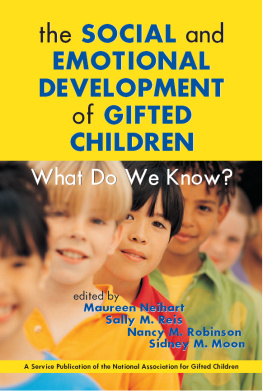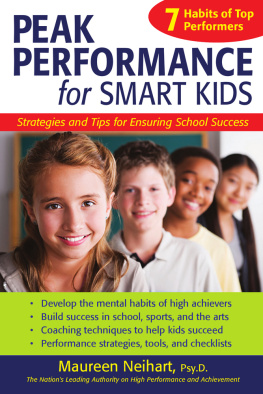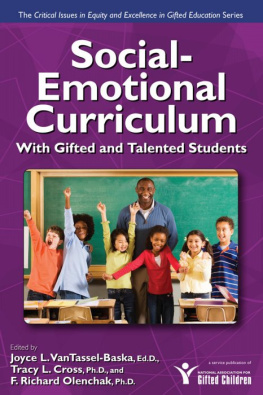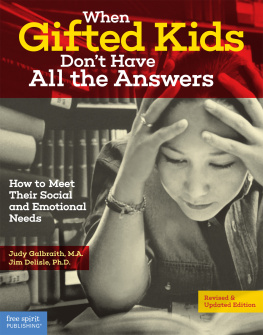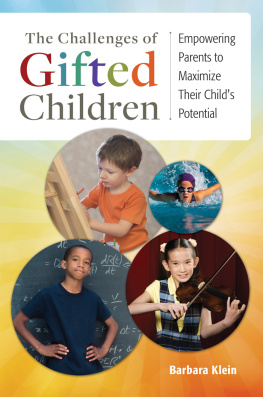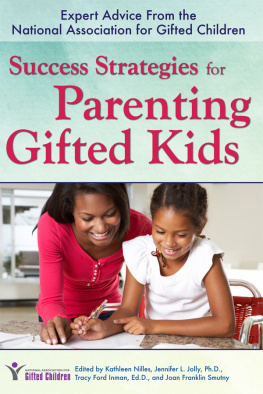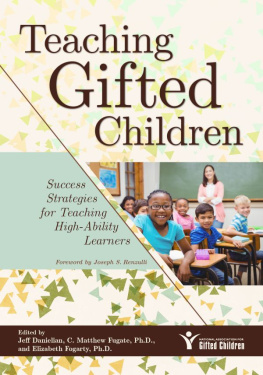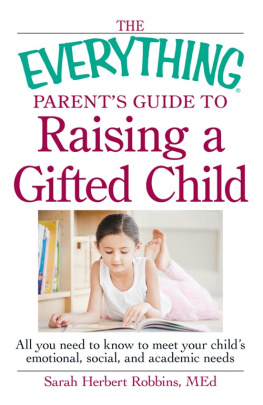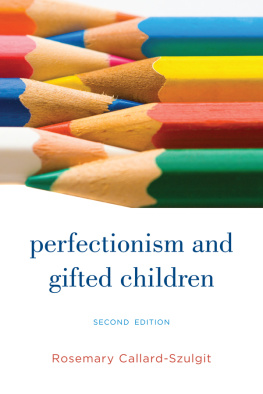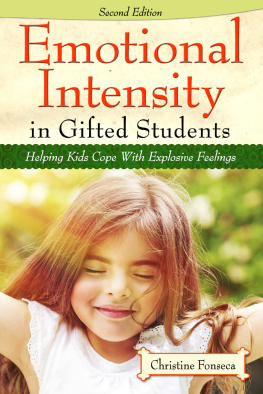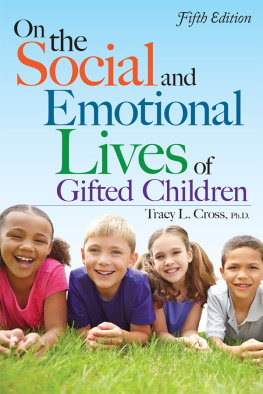In an effort to contribute to the resolution of the major questions in the field, leaders of the National Association for Gifted Children have compiled a concise book reporting on the social and emotional lives of gifted students. This collection has value in three important ways. First, it provides logical synopses of differing subsets of the literature base. Second, it provides guidance for researchers to follow as they design their studies. Third, it establishes a watermark of our level of understanding at this time in history, which is quite valuable given the current limitations in the literature base on the psychology of gifted students.
As the population of the United States becomes increasingly diverse, our schools must be able to provide a free and appropriate education for all students. The professionals in gifted education must be able to identify and provide services to gifted students from all backgrounds. This book shares important information that will enable caring professionals the opportunity to act on what they know about the social and emotional lives of gifted students at this time in history and offers researchers a template for expanding our knowledge base in the futurea significant contribution to be sure.
Tracy L. Cross, Ph.D.
INTRODUCTION
by Nancy M. Robinson, Ph.D.
T here is no more varied group of young people than the diverse group known as gifted children and adolescents. Not only do they come from every walk of life, every ethnic and socioeconomic group, and every nation, but they also exhibit an almost unlimited range of personal characteristics in temperament, risk taking and conservatism, introversion and extroversion, reticence and assertiveness, and degree of effort invested in reaching goals. Furthermore, no standard pattern of talent exists among gifted individuals. Included in this group are both those moderately advanced students who might be overlooked in a regular classroom setting and those whose talents are so far from the usual range that they have an obvious need for dramatic educational adjustments. Despite their diversity, several common threads emerge in the experiences and characteristics of gifted individuals that call for special attention if they are to develop optimally and use their abilities well.
This book summarizes what is known about the social and emotional characteristics of gifted individuals and the issues they encounter. It has been produced by a task force of psychologists and educators associated with the National Association for Gifted Children, some of them members of its counseling and research divisions, and many who work intimately with children of high potential and their families (see page 295 for a list of task force members). Our goal was to produce a book that comprehensively summarizes the best recent research about the social and emotional characteristics of, and issues faced by, gifted children and adolescents. For the most part, the findings are based on research conducted in the last two decades and in the United States, although some findings from older studies and some conducted in other countries are also included.
We have undertaken this effort not because these youngsters sustain any inherent vulnerability associated with their giftedness per se, but because their needs are so often unrecognized and unmet, with predictable negative consequences. We also believe that this underserved population is worthy of our attention. They cannot be expected to make it on their own, nor should they.
This book is addressed to a broad audience of adults who are engagedor may decide to become engagedwith a population of young people who are simultaneously intriguing and challenging, who exhibit the potential for outstanding development and performance in both the immediate and the distant future. The findings summarized here are also relevant to the nurturance of talent development in general, with important implications for the integration of those social and emotional factors necessary for high performance.
To achieve such goals, however, takes support from many understanding adults. Family members and teachers are often on the front line, but so are coaches, counselors, tutors, Scout leaders, and other mentors. Peers also play a very formative role in the lives of these young people, and adults can help to improve the peer climate for high achievement and facilitate access to other young people of similar ability and interests. We hope that describing the issues will encourage adults toward a variety of efforts on behalf of these children so that they can develop their talents to their fullest expression.
Who Are Gifted Students?
As we have mentioned, the students about whom this book is written are a highly diverse group of individuals. They all share ability, in one or more domains, that is sufficiently advanced that it requires adaptation in the ordinary environment that serves the needs of average students their age. No firm consensus exists among professionals as to precisely who should be considered gifted, talented, or both. This lack of consensus extends to the domains involved (e.g., domains such as leadership and athletic skills are included in some, but not all, definitions) and even the degree of advancement required for designation in this group. In practice, definitions adopted by schools vary greatly and are often more attuned to the programs a school district has decided to offer than to a more general definition of giftedness or talent. Indeed, even the words gifted and talented are used in conflicting ways by different authors. Rather than becoming too concerned about the precise parameters by which this group may be defined, we offer a widely accepted definition developed by a representative group of experts convened by the Office of Educational Research and Improvement in the U.S. Department of Education (1993):

